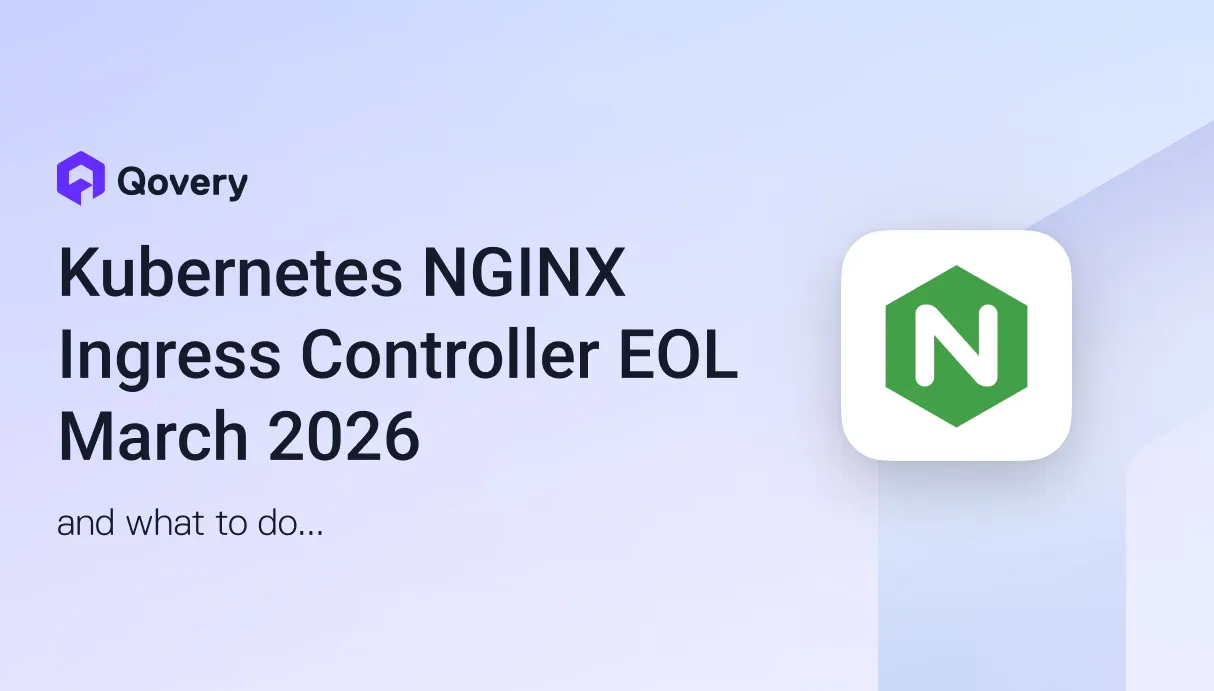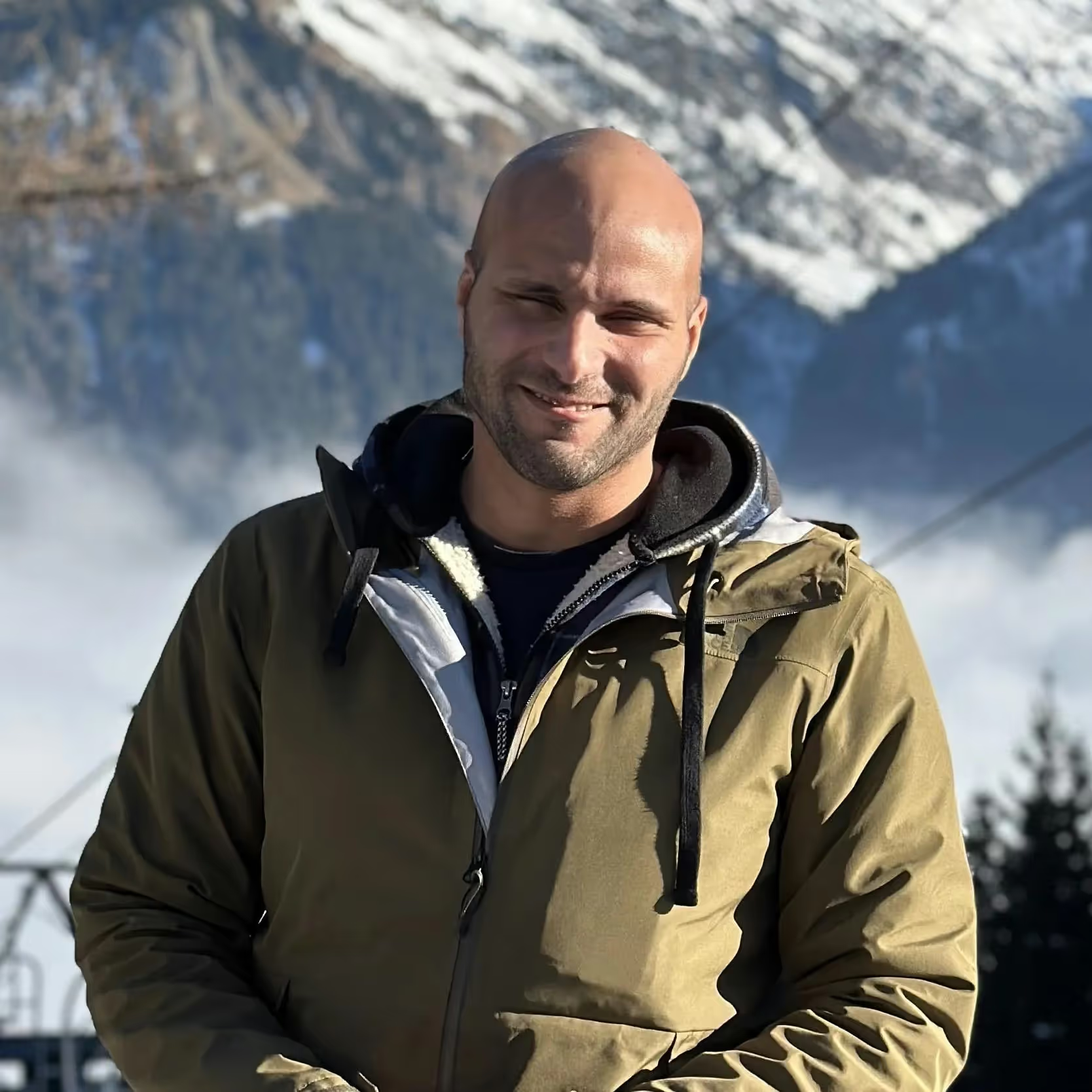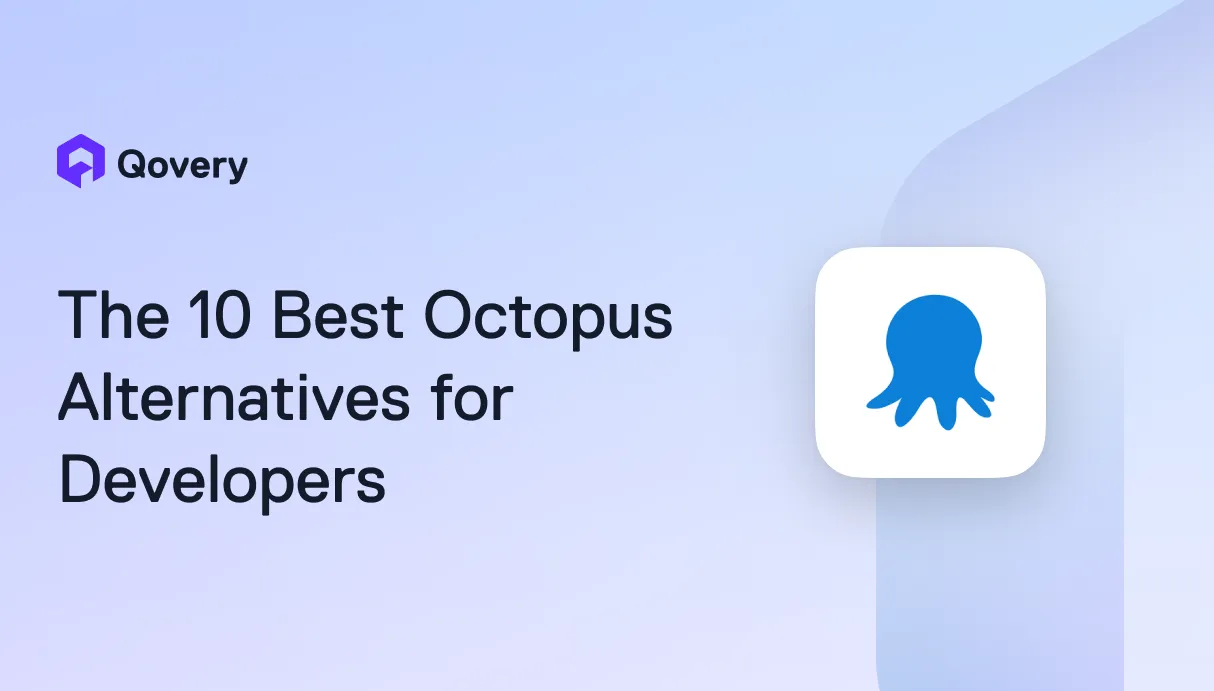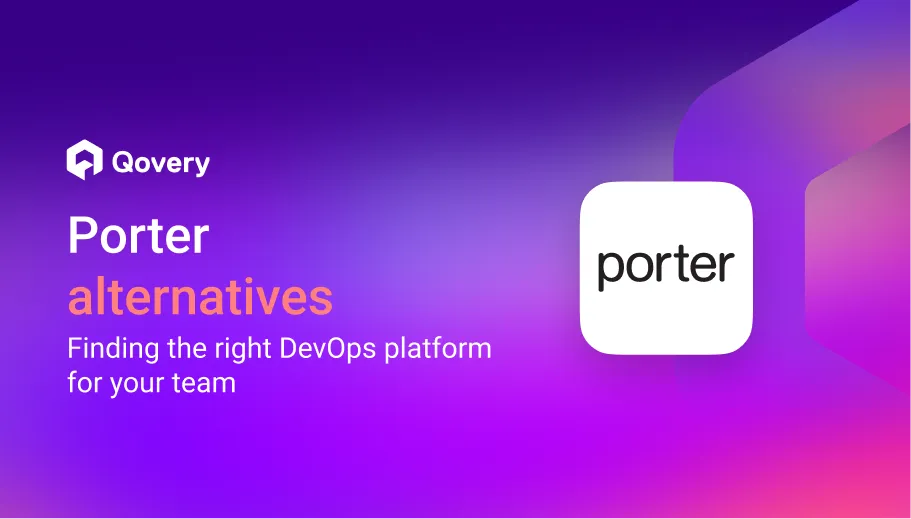
Fargate Simplicity vs. Kubernetes Power: Where Does Your Scaling Company Land?

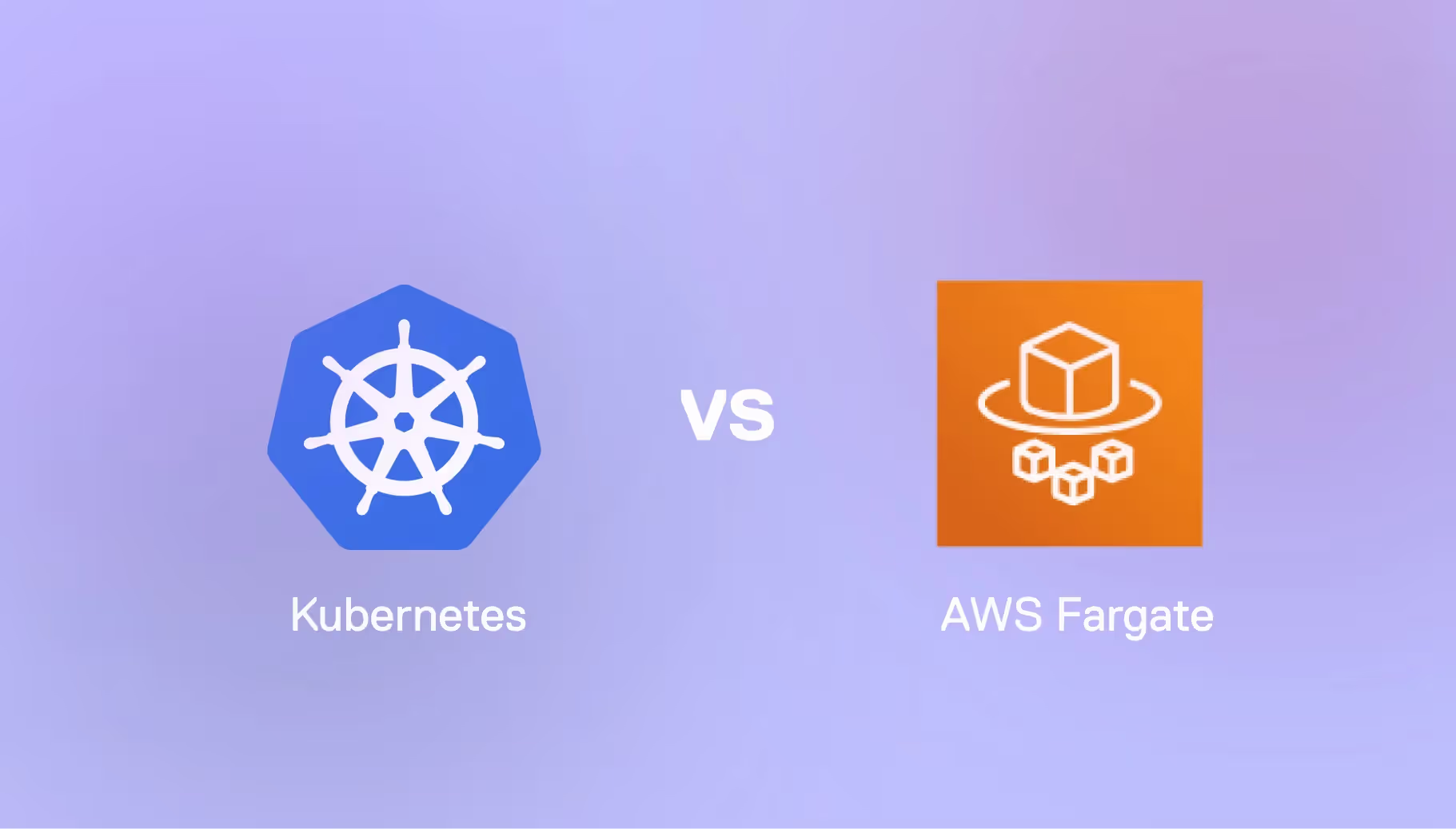

Key Points:
- AWS Fargate is a serverless engine that offers low operational overhead and a minimal learning curve, making it ideal for simple, variable workloads. However, it sacrifices control and portability (AWS vendor lock-in). Kubernetes (EKS) offers granular control, high portability (multi-cloud strategy), and a vast open-source ecosystem, but comes with high complexity and significant operational management burden.
- Mid-size companies must decide whether they can spare the specialized DevOps expertise needed to manage complex Kubernetes infrastructure for long-term strategic control, or if they must opt for Fargate's operational ease at the expense of infrastructure customization and future flexibility.
- Qovery is an alternative that eliminates this trade-off. It provides the full power of a Kubernetes/EKS cluster (control and enterprise-grade capabilities) but automates the provisioning, management, and operational overhead, offering a simple, developer-focused experience similar
The Fargate vs Kubernetes Debate
Mid-size companies on AWS face a critical strategic choice: Fargate offers serverless simplicity, while EKS/Kubernetes delivers unmatched orchestration control.
The dilemma is balancing immediate deployment needs with future scalability and limited DevOps capacity. Fargate abstracts infrastructure completely; Kubernetes offers granular control. Getting it wrong leads to either slow development or vendor lock-in.
This article breaks down the differences and introduces a better way to empower your teams during growth.
Fargate: The Serverless Approach for Simplicity
AWS Fargate is a pay-as-you-go, serverless compute engine that works with both Amazon ECS and EKS. The service eliminates infrastructure management by abstracting server provisioning, scaling, and maintenance. Teams specify container requirements, and Fargate handles the underlying infrastructure automatically.
Fargate integrates with AWS services including VPC networking, IAM security, and CloudWatch monitoring. The platform supports both Linux and Windows containers with configurable CPU and memory allocations. Container deployment requires only task definitions or pod specifications, depending on whether teams use ECS or EKS.
The serverless model means teams don't manage EC2 instances or worry about cluster capacity. Fargate provisions compute resources based on container specifications and scales capacity as workloads change.
Advantages
1. Low Operational Overhead and Maintenance
Fargate eliminates server management responsibilities including patching, scaling, and capacity planning. Teams avoid infrastructure concerns like EC2 instance selection, cluster autoscaling configuration, and operating system maintenance.
The platform handles security patching automatically, ensuring containers run on current infrastructure without manual intervention. Capacity management becomes automatic, as Fargate provisions resources based on actual container needs rather than requiring pre-allocated cluster capacity.
2. Gentle Learning Curve for Developers
Fargate provides a straightforward path to container deployment without requiring deep knowledge of container orchestration concepts and infrastructure. Developers can deploy applications using familiar AWS tools and interfaces. The learning curve focuses on containerization basics rather than complex orchestration patterns.
Teams can adopt containers without investing in specialized training or hiring dedicated platform engineers. This accessibility makes Fargate suitable for organizations beginning their container journey or those with limited DevOps expertise and resources.
3. Pay-as-you-go Cost Model for Variable Workloads
Fargate charges only for actual resource consumption during container execution. This model works well for applications with unpredictable traffic patterns or batch processing workloads. Teams avoid paying for idle capacity during low-usage periods, making it cost-effective for variable workloads.
Limitations
1. Limited Control Over Infrastructure and Security Policies
Fargate abstracts infrastructure decisions, reducing control over instance types, networking configurations, and security policies. Teams cannot customize the underlying compute environment or implement specific security hardening requirements. Advanced networking features like custom CNI plugins or specialized instance types are not available.
2. AWS-Specific, Leading to Potential Vendor Lock-in
Applications deployed on Fargate use AWS-specific configurations and integrations that don't translate directly to other cloud providers or on-premises environments. This dependency can limit migration options and opportunities for negotiations with cloud providers.
Multi-cloud strategies become more difficult when applications rely on Fargate-specific features. Teams must consider whether the operational simplicity outweighs the flexibility constraints.
3. Can Be More Expensive than a Well-Managed EC2 Cluster
For consistent, predictable workloads, Fargate's pay-per-use pricing can exceed the cost of well-optimized EC2 instances. Large-scale deployments with steady resource requirements often benefit from reserved capacity pricing models unavailable with Fargate.
Kubernetes: The Strategic Orchestrator for Long-Term Growth
Kubernetes is an open-source, portable platform for managing containers at scale, it is typically implemented on AWS through managed services like Amazon EKS. The platform provides container orchestration capabilities including deployment management, service discovery, load balancing, and scaling automation.
EKS manages the Kubernetes control plane while customers handle worker nodes and application deployments. The service maintains compatibility with standard Kubernetes APIs, enabling use of the broader ecosystem tools and applications. Kubernetes supports complex deployment patterns including rolling updates, canary releases, and blue-green deployments.
Advantages
1. High Portability for Multi-Cloud Strategies
Kubernetes applications can run across different cloud providers and on-premises environments with minimal modification. This portability reduces vendor dependency and enables hybrid cloud architectures. Organizations can leverage competitive pricing or specific capabilities from multiple providers.
The platform's standardization means skills and applications transfer between environments. Teams can develop on local Kubernetes clusters, test on one cloud provider, and deploy to another without significant changes.
2. Fine-Grained Control and Configuration
Amazon EKS provides detailed control over resource allocation, networking policies, security configurations, and deployment strategies. Teams can customize cluster behavior to meet specific performance, security, or compliance requirements.
3. Access to a Vast Open-Source Ecosystem
Kubernetes supports a wide variety of community-developed tools for monitoring, security, networking, and application management. This ecosystem provides production-ready solutions for common operational challenges.
The ecosystem includes specialized tools for service mesh, monitoring, policy enforcement, and application delivery. Organizations can leverage community innovation rather than building custom solutions.
Limitations
1. High Complexity and Steep Learning Curve
Kubernetes requires understanding of pods, services, deployments, ingresses, and numerous other concepts. The platform's flexibility comes with configuration complexity that can overwhelm teams without dedicated expertise. Troubleshooting requires deep knowledge of Kubernetes internals and debugging techniques.
The learning curve extends beyond basic concepts to include networking models, storage management, security policies, and operational procedures. New team members typically require months to become proficient with Kubernetes operations.
2. Significant Operational Overhead and Management Burden
Running Kubernetes involves cluster upgrades, node management, security patch application, and capacity planning. Teams must handle networking configuration, storage management, and monitoring setup. Even with managed services like EKS, customers retain significant operational responsibilities for worker nodes and applications.
Side-by-Side Comparison: Fargate vs. Kubernetes
The Qovery Advantage: Getting the Best of Both Worlds
Mid-size companies don't need to choose between Fargate's simplicity and Kubernetes' power. The complexity of managing Kubernetes often overwhelms teams, while Fargate's limitations can constrain growing applications.
Qovery is a DevOps automation tool that installs infrastructure directly into your AWS account. It provides the simplicity of Fargate with the power of a full Kubernetes/EKS cluster, automating complex tasks like infrastructure management and deployments.
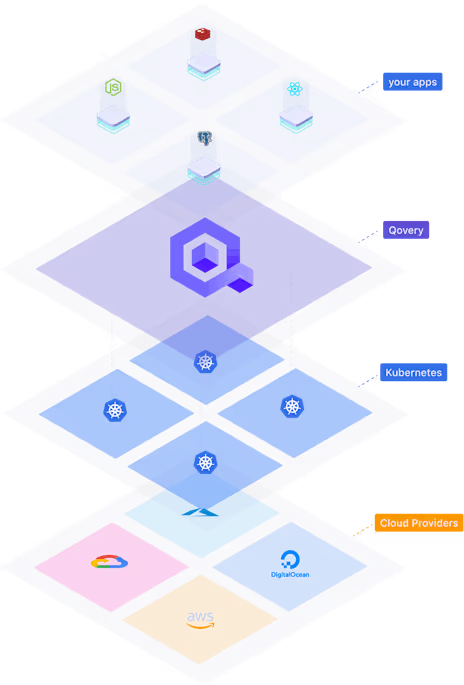
1. Simplified Kubernetes Management
Qovery eliminates the operational burden that makes Kubernetes challenging for mid-size companies. The platform handles cluster provisioning, upgrades, scaling, and security configuration automatically. Teams gain access to Kubernetes capabilities without requiring specialized expertise or steep learning curve.
The platform implements best practices for security, monitoring, and cost optimization by default. This automation reduces the risk of misconfigurations that can impact performance or security in self-managed Kubernetes environments.
2. Developer-Focused Experience
Qovery's automated Kubernetes deployment tool provides a developer-friendly interface that abstracts Kubernetes complexity while maintaining access to advanced features when needed. Teams can deploy applications using familiar workflows without learning kubectl commands or YAML configuration details.
Git-based deployments integrate with existing development processes, enabling continuous deployment without complex pipeline configuration. Environment management becomes self-service, allowing developers to create and manage environments independently, letting them boot up on-demand application for testing and integration.
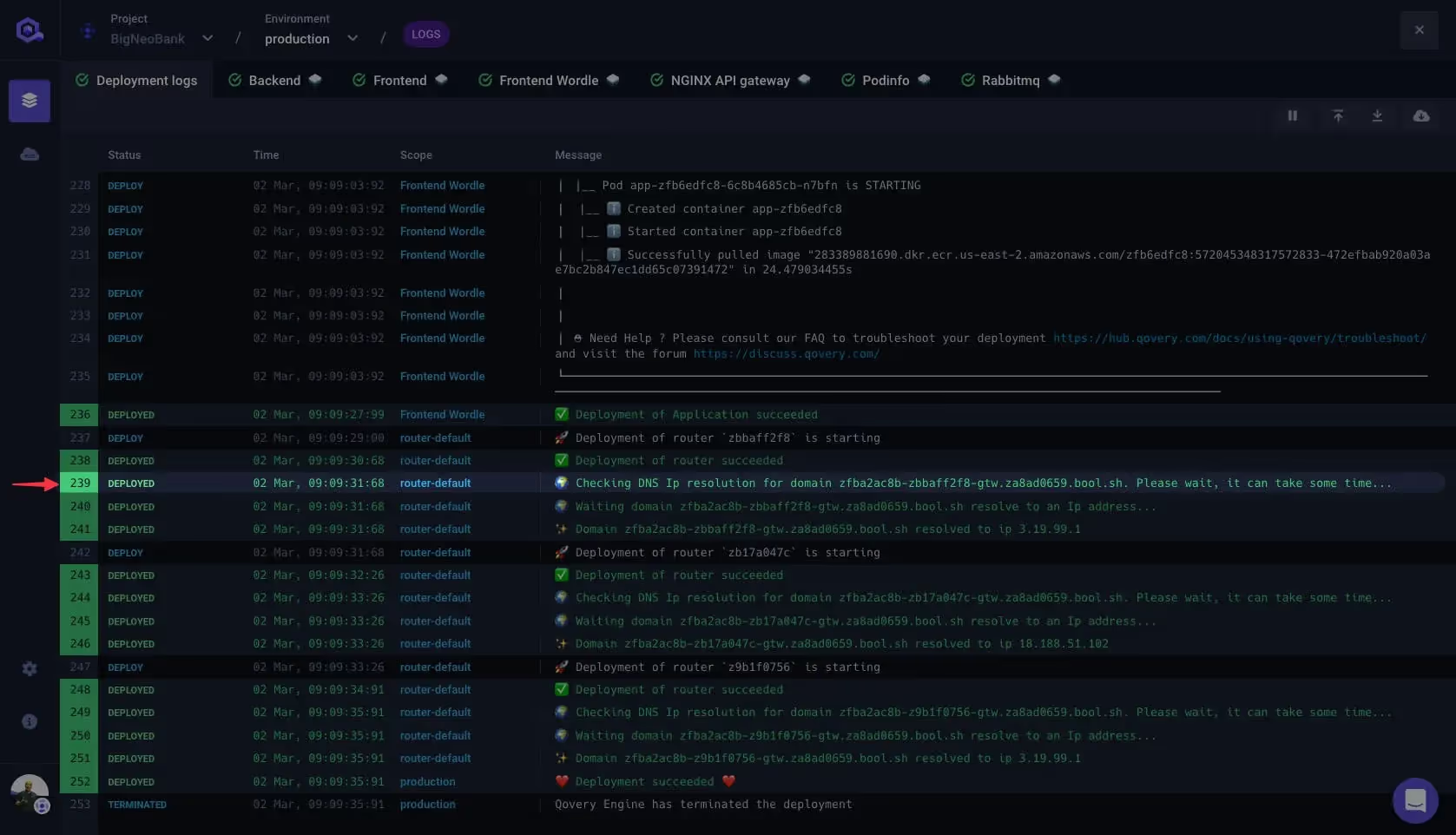
3. Enterprise-Grade Capabilities
Qovery enables mid-size companies to leverage enterprise-grade container orchestration without the operational overhead impacting teams productivity and delivery. The platform provides advanced deployment patterns, observability, and scaling capabilities through simplified interfaces and integrations.
Teams gain the strategic benefits of Kubernetes including portability and ecosystem access without the traditional complexity barriers. This approach allows organizations to scale their container strategy as business requirements evolve.
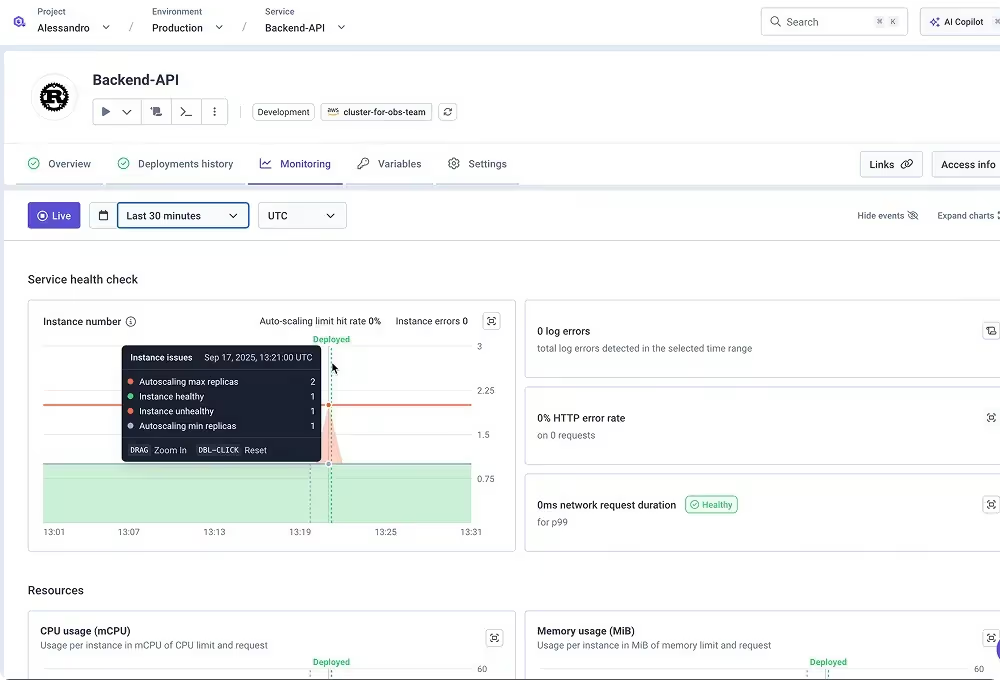
Beyond the Debate: Why Qovery Changes the Equation
The choice between Fargate's simplicity and Kubernetes' power represents a critical decision for mid-size companies. Traditional approaches force teams to choose between operational simplicity and strategic capabilities, often limiting either immediate productivity or long-term flexibility.
Fargate works well for simple applications and teams new to containers, but its limitations can constrain growing organizations. Kubernetes provides unmatched capabilities but requires operational expertise that many mid-size companies lack.
Qovery eliminates this compromise by offering the control of Kubernetes without the operational overhead. Mid-size companies can leverage advanced container orchestration capabilities while maintaining the development velocity and operational simplicity that drives business growth.
The platform allows organizations to adopt container strategies that scale with business requirements rather than being constrained by operational limitations or complexity concerns.
Ready to deploy your containers without the complexity? Discover how Qovery can simplify your Fargate or Kubernetes journey. Try Qovery today!

Suggested articles
.webp)



.svg)
.svg)
.svg)
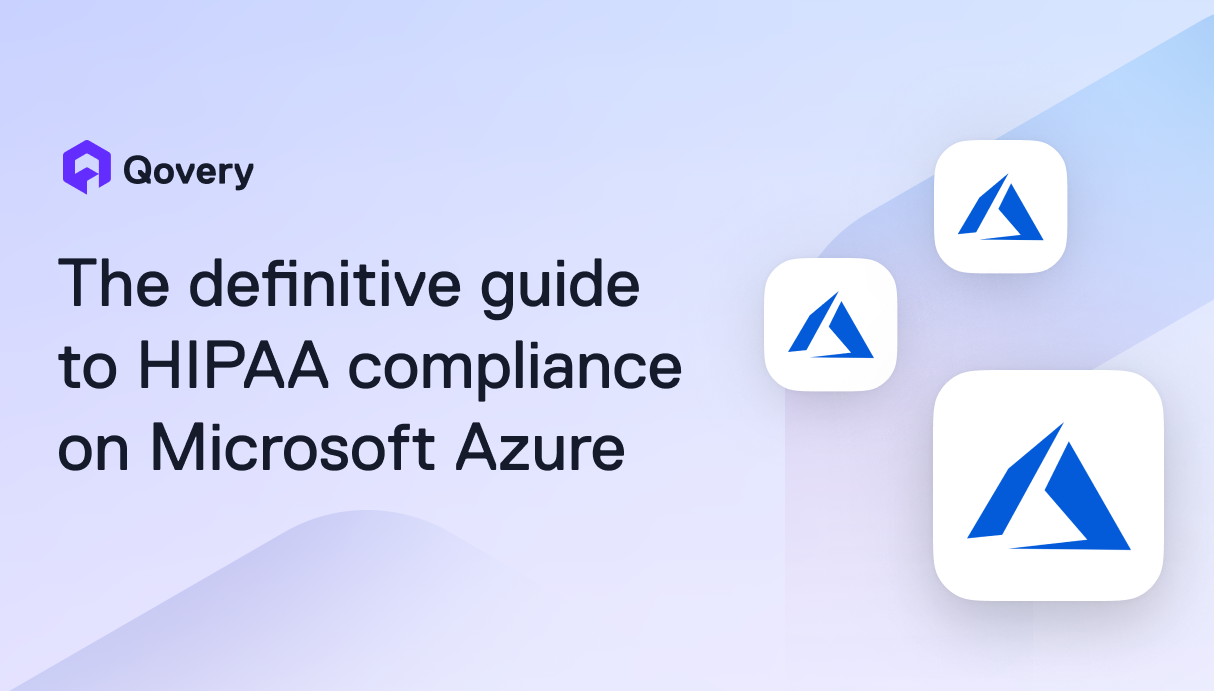

.png)
